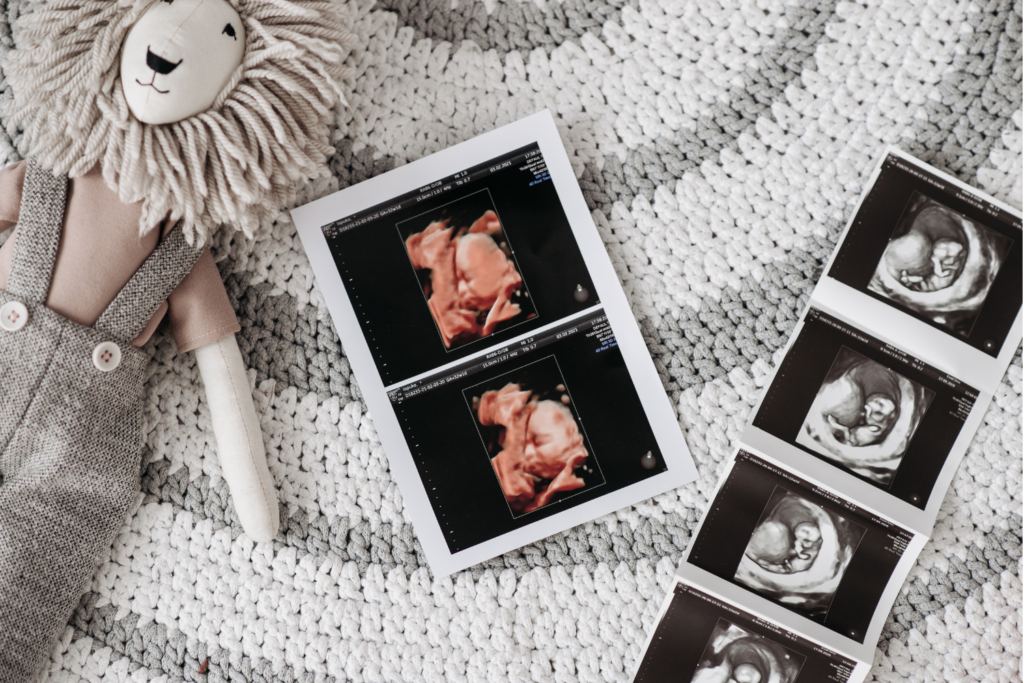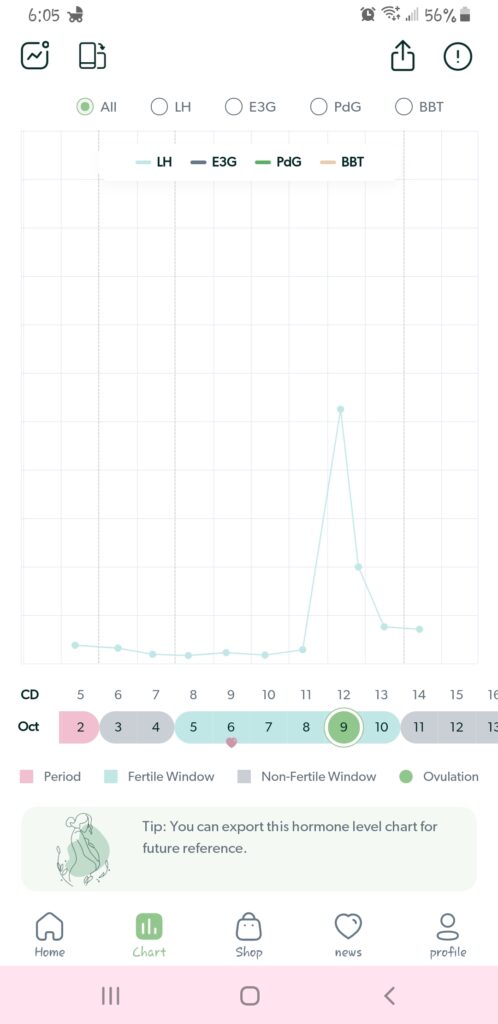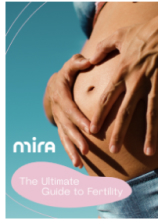From concerns about her age to a successful pregnancy. How Michelle beat the clock and figured out her fertility.
This describes a Mira customer’s personal experience and/or was sourced from a review or interview. Mira cannot guarantee the same results for everyone. Results will depend on each individual’s health conditions. Mira is not intended to diagnose or treat any diseases. Please consult with your doctor.

Introduction
I wasn’t overly concerned with my fertility, but after trying to conceive off and on for a few years, I wanted to figure out what was going on each month. Women are constantly bombarded with the “biological clock” trope but there’s so much more to it than that. Of course, I was starting to get concerned that I hadn’t fallen pregnant yet, but more importantly, I wanted to know what was going on with my hormones and to really understand my fertility rather than just hope for the best each month. This is my story of how I approached learning more about my fertility, and how the Mira device helped me do that.
Before Mira
I had been trying to get pregnant for several years, but had never really taken it too seriously. I wasn’t on birth control and generally took a “wait and see” approach. I wasn’t necessarily planning a pregnancy but I wasn’t avoiding one either. But after years of this approach, and as I neared my 40th birthday, I was looking for more. Since I wasn’t on birth control, I started fearing that my lack of pregnancy was due to my age. Regardless of any issues, I knew time was running out and wanted to genuinely try for a baby.
I was looking for something that would generally track my ovulation as a first step. The general rule is that ovulation takes place midway through your cycle. That isn’t always the case and traditional ovulation trackers are only based on thresholds and averages, rather than on your unique data. A friend referred me to Mira for “proper” tracking and my hormone journey began.
Using Mira
After a friend suggested Mira for hormone tracking, I began using the device to uncover my own unique pattern. I also used another home testing kit to test my fertility levels, alongside using the Mira device. After a year of using Mira, I was able to see established patterns of ovulation and knew, without a doubt, when my fertile window was.

Mira allowed me to better understand my fertility and the timing of my fertile window. As it turns out, my fertile window started earlier and was shorter than the averages. If I had relied on traditional ovulation trackers, I’m not sure I would have discovered this information. Knowing exactly when I was most likely to get pregnant within that window definitely helped me be successful and I was finally able to get pregnant.
Not only was Mira super easy to use, it was also the most accurate solution I could find. Mira boasts an accuracy of over 99% and when you’re short on time, that kind of claim matters. It was like having my own mini hormone lab!
Finding Mira was a game-changer for me. I feel so much more knowledgeable about my hormones and my own cycle now that I have the data to back it up. Mira helped me understand my fertile window and I now have an adorable baby after an uneventful pregnancy. I couldn’t be happier with my results and recommend the device to anyone wanting to understand their fertility.




